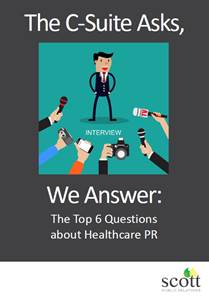 Attendance at a Town Hall presented by the local congressional representative and the government shutdown, prompted thoughts on just how people at such opposite ends of the political spectrum can effectively communicate. Granted, ideology and underlying beliefs seem to be more polarized than ever. Yet, we have to find common ground.
Attendance at a Town Hall presented by the local congressional representative and the government shutdown, prompted thoughts on just how people at such opposite ends of the political spectrum can effectively communicate. Granted, ideology and underlying beliefs seem to be more polarized than ever. Yet, we have to find common ground.
This led to the re-reading of some startling research published in the Washington Post. In studying the difference between conservatives and liberals, conservatives react more strongly to physical threats than liberals. Furthermore, this concern with physical safety is determined early in life and may be biological in nature – the fear center of the brain, the amygdala, is actually larger in conservatives than in liberals. Even liberals who experience the threat of physical danger become (temporarily) more conservative.
Author John Bargh, professor of social psychology at Yale University, and his team found that having the imaginary experience of being physically safe softened intransigent attitudes toward subjects that were linked to the desire of physical safety; for example, attitudes toward immigration and fear of flu epidemics.
What does this mean for communicators? Recently we wrote about the power of story to activate the “happiness” receptors in the brain, and to change attitudes, emotions and behaviors. If stories are the instrument to influence people to take positive action, could they not also be the means to calm or mitigate the fear factor that often leads to intransigent attitudes toward those issues and topics that create political divisiveness and paralysis?
As Bargh notes, if we take this approach in relationships and communications, “Instead of allowing our strings to be pulled so easily by others, we can become more conscious of what drives us and work harder to base our opinion on factual knowledge about the issues, including information from outside our media echo chambers.” Food for thought – and action – for communicators.
If you’re in healthcare, insurance, technology or other professional services industries, and need help with a PR, marketing or social media campaign, contact Scott Public Relations.
Download our e-book, “The C-Suite Asks, We Answer: The Top 6 Questions About Healthcare PR.”

Like what you’ve read? Follow Scott Public Relations on LinkedIn, Twitter, Facebook, Pinterest, and Google+.
Sign up to receive our monthly advice on healthcare, insurance and technology PR: Scott Public Relations.





Leave A Comment